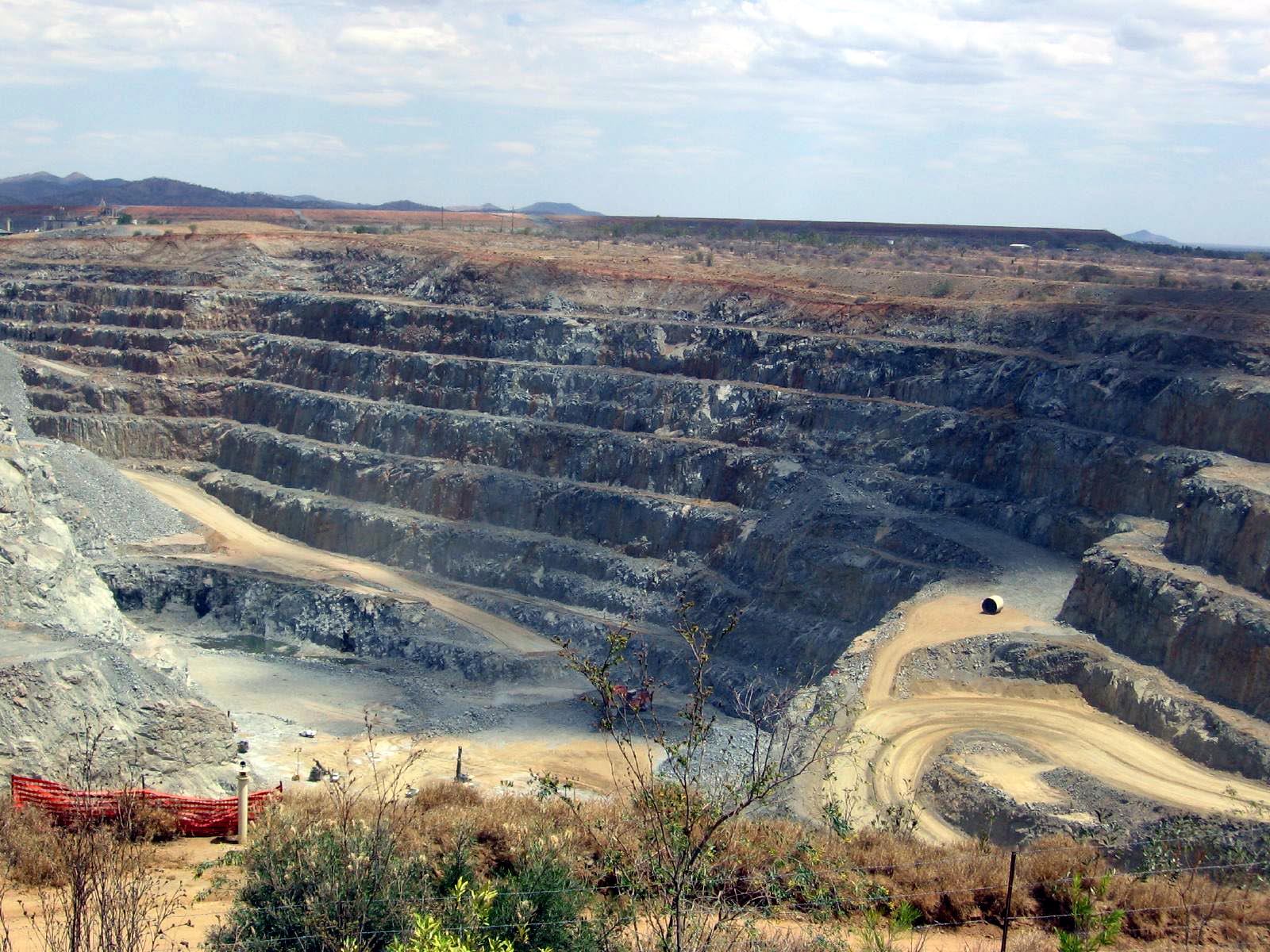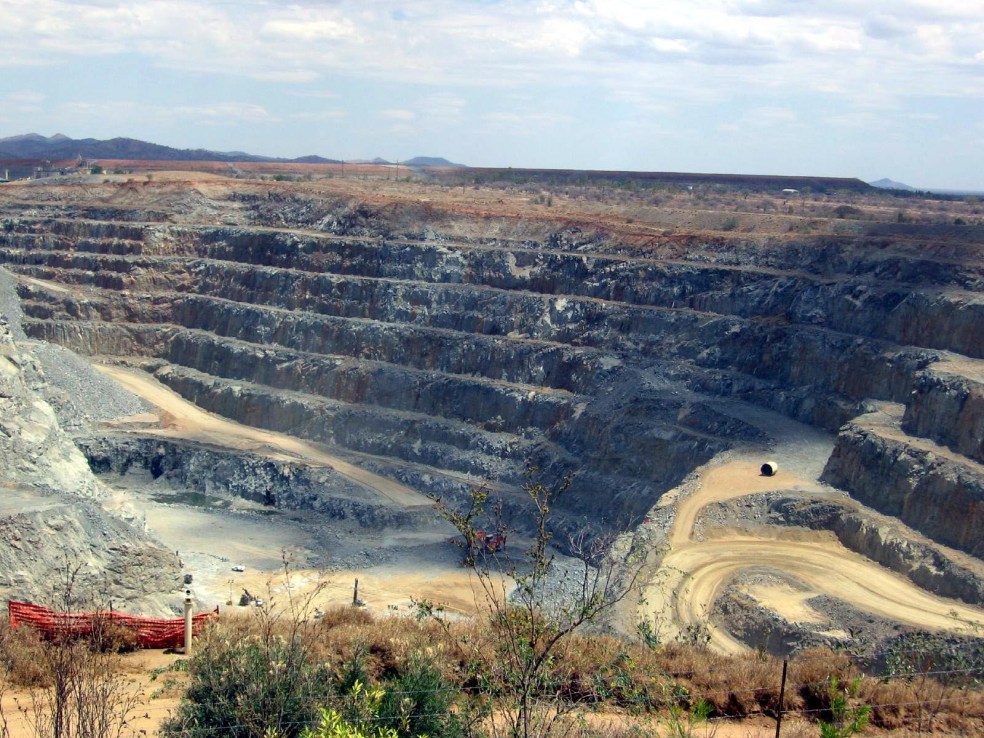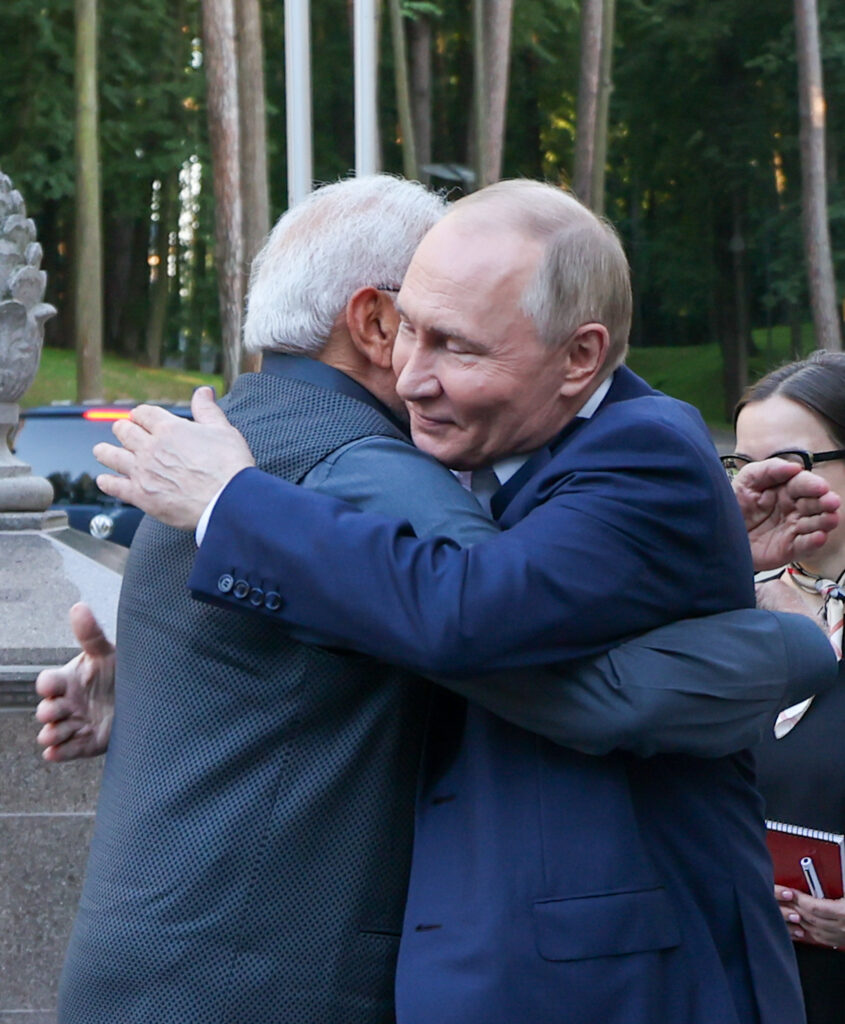US set to fund London-listed Rainbow Rare Earths mining project as China battle hots up
Rainbow Rare Earths, listed on the main market of the London Stock Exchange with a market capitalisation of £63m, will receive £40m from Washington's US International Development Finance Corporation to build a plant at the site in South Africa's Kruger National Park.


London-listed miner Rainbow Rare Earths is set to be bankrolled by the US Government to develop a South African mine for key energy transition metals extraction.
Rainbow Rare Earths, listed on the main market of the London Stock Exchange with a market capitalisation of £63m, will receive £40m from Washington’s US International Development Finance Corporation to build a plant at the site in South Africa’s Kruger National Park.
The US government is actively seeking projects to support to try and compete against China’s domination in the rare earth space, which holds a giant global monopoly in the production of the 17 minerals.
According to the United States Geological Survey, China accounts for 70 per cent of rare earths mining and 90 per cent of refined output.
Amos Hochstein, the US government’s chief energy security adviser, recently told the Financial Times that there are significant concerns over the effect of such a monopoly on such a key energy sector.
“Instead of a group of countries that control the supply, there’ll be a single point of failure or a single point of ability to manipulate global supply and prices,” he said.
Rainbow, which owns 85 per cent of the site, is located in the Phalaborwa region of North-Eastern South Africa.
According to the company’s website, the site is almost unique among rare earth sites owing to its comparatively low levels of radioactive material and a custom-built extraction and processing system that yields much higher rare earth amounts than typical.
Rainbow Rare Earths’ chief executive George Bennett said that projects such as this one are crucial to trying to regain a foothold in the key element mining market.
“Your green energy, wind turbines, electric cars, drones and handheld cell phones all have rare earth elements in them and sources outside of China to give the West some kind of independence are very important,” he said.
The news comes, however, during something of a nadir for the key metals sector.
Since setting decade-long highs in 2022, prices of rare earths have fallen by around 63 per cent as the demand for their key uses such as electric vehicles has stalled.
Wind farm projects, another key use for the asset class, continue to be hamstrung by high inflation and cost barriers.
But demand for critical minerals including rare earth elements, lithium and cobalt is expected to surge by as much as 600 per cent over the coming decade and the West will need to make sure it has its ducks in a row to compete with China on price and supply.
The UK, for its own part, appears to be falling behind its counterparts in the EU and the US in this mission, as it relies entirely on imports of the 17 minerals and metals but currently has no established supply framework.
Current commitments by the government to further its access to rare earths projects total just £15m.
The government’s Department for Science, Innovation & Technology was contacted for comment.



